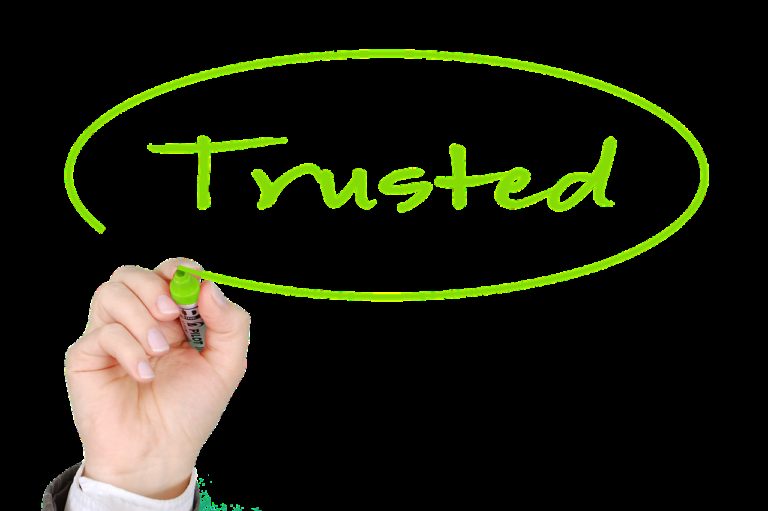Price can be determined using various ways. A price can in simple terms be defined as the total cost plus profit. Total cost includes the production costs and the non-production costs. The production costs include all the material costs, labor costs, and the non-production costs include the overhead expenses. Your total profit will depend on how many products you sell and how much you make on each product sold.
To set your prices you need to;
1. Find Out How Much They are Willing to Pay for Your Product
Customers should be okay with your price. To ensure this happens, you should ask around or conduct a survey to know how much your target customers are willing to pay and how much extra cash would they be willing to spend for the specific need satisfied by your product.
2. Know Your Competitors’ Prices
Get to know how much your competitors charge for a similar product. If you are planning to set lower prices than your competitors, it is more likely that you will attract more customers. When your prices are higher than that of your competitors, then, your target customers may not buy your products.
Here are the reasons why you might need to charge a lower price than that of your competitors:
- If the product is new to the market.
- In case you are looking to attract new customers.
- If you want to attract many customers.
The reasons why your price might need to be higher include:
If you are planning to sell a product that is of better quality than that of your competitors.
If you are planning to offer extra services such as free delivery, which your competitors are not offering.
3. Calculate Your Costs
You should know the total costs of the items and the labor used to produce and sell the product. As mentioned above the total cost includes all the material costs, labor costs, and overhead expenses. Material costs are the costs that are directly related to the production of your products. For resellers, the cost of buying goods is the material cost.
Labor costs include the wages and salaries for employees who work in the production/selling of goods and services. Lastly, overhead expenses are the costs that are not directly related to the production for example rent, licenses, insurance, repairs, water, and electricity.
Your prices should be higher than your total costs in order to make a profit.
How to Make Your Prices More Attractive?
Here are several ways which you can use to make your price more attractive to your target customers.
1. Set a Low Price
This is important especially if you are new in the market. To introduce yourself to the market, you need to set lower prices even if you are not getting too much profit
2. Use of Special Offers and Discounts
If you are looking to attract more customers, then you should consider giving special offers and discounts. A special offer is a way of pricing your product slightly under the psychological level of a figure for example 29.99 instead of 30.00. Remember to keep changing your offers since customers do not like it when they find the same offer every time they visit your shop.
A discount means a reduction in the price. If you get a discount from your supplier, then you should give your customers a discount. There are several types of discounts which include;

- Quantity discount- In case a customer buys your
product in large quantity - Cash discount- Where your customer pays in cash
- Seasonal discount- For example 20% off on all
products.



